Home>Home Appliances>Bathroom Appliances>How Long Does An Electric Toothbrush Head Last
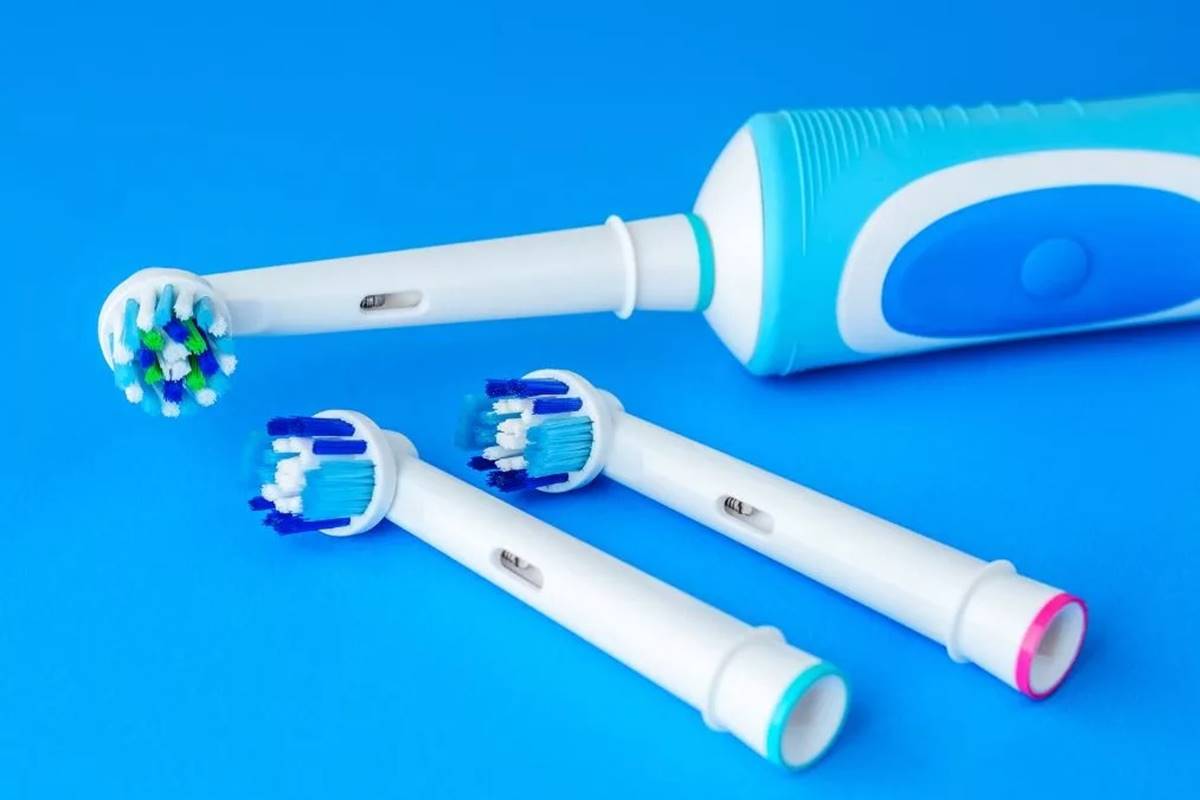

Bathroom Appliances
How Long Does An Electric Toothbrush Head Last
Modified: February 25, 2024
Discover how long an electric toothbrush head lasts and the best practices for maintaining bathroom appliances. Keep your dental care routine efficient and effective.
(Many of the links in this article redirect to a specific reviewed product. Your purchase of these products through affiliate links helps to generate commission for Storables.com, at no extra cost. Learn more)
**
Introduction
**
Electric toothbrushes have revolutionized the way we care for our oral hygiene. They offer superior plaque removal and a more efficient cleaning experience compared to manual toothbrushes. However, one crucial aspect of maintaining the effectiveness of an electric toothbrush is often overlooked: the lifespan of the toothbrush head. Understanding how long an electric toothbrush head lasts and the factors that influence its durability is essential for optimizing oral care and maximizing the value of your investment.
In this comprehensive guide, we will delve into the various factors that affect the lifespan of an electric toothbrush head, the signs indicating when it's time for a replacement, and effective tips for extending its longevity. By the end of this article, you will have a clear understanding of how to ensure that your electric toothbrush continues to provide exceptional cleaning performance while promoting excellent oral health.
Let's embark on this enlightening journey to uncover the secrets of electric toothbrush head longevity and maintenance.
Key Takeaways:
- Regularly check your electric toothbrush head for signs of wear, such as frayed bristles or discoloration, to ensure effective cleaning and prevent potential oral health issues.
- Extend the lifespan of your electric toothbrush head by using a gentle brushing technique, regular cleaning, and following manufacturer guidelines for replacement intervals.
Read more: How Long Does An Electric Toothbrush Last
Factors Affecting Electric Toothbrush Head Lifespan
Several factors play a pivotal role in determining the lifespan of an electric toothbrush head. Understanding these factors empowers users to make informed decisions regarding their oral care routine and the maintenance of their electric toothbrush. Here are the key factors that influence the longevity of an electric toothbrush head:
1. Brushing Frequency: The frequency of use directly impacts the wear and tear on the bristles of the electric toothbrush head. Those who brush more often may notice a shorter lifespan for their brush heads compared to individuals who adhere to the recommended brushing frequency.
2. Brushing Technique: The manner in which an individual brushes their teeth can significantly affect the durability of the toothbrush head. Aggressive brushing, excessive pressure, or scrubbing back and forth vigorously can accelerate bristle wear and lead to a shorter lifespan of the brush head.
3. Quality of Bristles: The quality of the bristles used in the electric toothbrush head is a crucial factor. Higher-quality bristles tend to be more durable and resilient, offering an extended lifespan compared to lower-quality alternatives.
4. Oral Health Conditions: Certain oral health conditions, such as teeth grinding (bruxism) or enamel erosion, can contribute to increased wear on the toothbrush head. Individuals with these conditions may experience a shorter lifespan for their brush heads.
5. Maintenance and Care: Proper maintenance and regular cleaning of the electric toothbrush head can significantly impact its lifespan. Neglecting to clean the head thoroughly or allowing moisture to accumulate can lead to bacterial growth and premature deterioration of the bristles.
6. Environmental Factors: The environment in which the electric toothbrush is stored can influence the longevity of the brush head. Exposure to excessive humidity or extreme temperatures may compromise the integrity of the bristles, reducing their lifespan.
Understanding these factors enables users to make conscious choices that prolong the lifespan of their electric toothbrush heads, ultimately ensuring optimal oral hygiene and cost-effective maintenance of their oral care devices.
Signs It’s Time to Replace Your Electric Toothbrush Head
Recognizing the signs indicating the need for a replacement electric toothbrush head is crucial for maintaining effective oral hygiene. While the lifespan of an electric toothbrush head can vary based on individual usage and environmental factors, several common indicators suggest that it’s time to replace the brush head. Here are the key signs to be mindful of:
1. Frayed or Bent Bristles: Inspect the bristles of the toothbrush head regularly. If you notice fraying, bending, or splaying of the bristles, it’s a clear indication that the brush head has worn out and is no longer effectively removing plaque and debris from your teeth and gums.
2. Discoloration or Staining: Over time, the bristles of the toothbrush head may become discolored or stained, indicating a buildup of bacteria, debris, or mold. Discoloration is a sign that the brush head is no longer hygienic and should be replaced to prevent potential oral health issues.
3. Reduced Cleaning Efficiency: If you notice that your electric toothbrush is no longer providing the same level of cleaning efficiency as it did when new, it may be time to replace the brush head. Reduced effectiveness in plaque removal can compromise oral health and necessitates a fresh brush head.
4. Wear and Tear on the Head: Inspect the overall condition of the brush head. Cracks, deformities, or signs of wear and tear indicate that the brush head has reached the end of its lifespan and should be replaced to maintain optimal oral care.
5. Lingering Odor: A persistent unpleasant odor emanating from the toothbrush head, even after thorough cleaning, is a sign of bacterial buildup. This indicates that the brush head is no longer hygienic and should be replaced to prevent the spread of harmful bacteria during brushing.
6. Recommended Replacement Interval: Many manufacturers provide guidelines on the recommended replacement interval for their electric toothbrush heads. Adhering to these recommendations ensures that you consistently benefit from the optimal cleaning performance of your electric toothbrush.
Being mindful of these signs empowers individuals to proactively maintain their oral health by promptly replacing their electric toothbrush heads when necessary. By doing so, they can ensure that their oral care routine remains effective and promotes long-term oral hygiene.
It is recommended to replace an electric toothbrush head every 3 months, or sooner if the bristles become frayed. This helps maintain effective cleaning and prevents bacteria buildup.
Tips for Extending the Lifespan of Your Electric Toothbrush Head
Maximizing the longevity of your electric toothbrush head not only promotes cost-effective oral care but also ensures optimal cleaning performance for maintaining excellent oral hygiene. Implementing the following tips can help extend the lifespan of your electric toothbrush head, allowing you to reap the full benefits of your oral care device:
1. Proper Brushing Technique: Adopt a gentle brushing technique, applying minimal pressure to your teeth and gums. Allow the electric toothbrush to do the work, minimizing wear on the bristles and extending the lifespan of the brush head.
2. Regular Cleaning: Thoroughly rinse the brush head after each use to remove toothpaste residue, saliva, and food particles. Additionally, consider using a brush head sanitizer or soaking the head in an antibacterial mouthwash to eliminate bacteria and maintain hygiene.
3. Allow for Drying: After use, ensure that the brush head is allowed to air dry completely. Store the electric toothbrush upright in a well-ventilated area to prevent moisture buildup, which can contribute to bacterial growth and premature deterioration of the bristles.
4. Replace Brush Head Cover: If your electric toothbrush includes a removable head cover, replace it periodically to prevent the accumulation of moisture and bacteria. A clean and dry environment helps preserve the integrity of the bristles and extends the lifespan of the brush head.
5. Avoid Sharing Brush Heads: Refrain from sharing your electric toothbrush or its brush head with others. Sharing can introduce foreign bacteria and compromise the hygiene of the brush head, potentially reducing its lifespan.
6. Follow Manufacturer Guidelines: Adhere to the recommended replacement interval provided by the manufacturer. Most electric toothbrush manufacturers offer guidance on the ideal duration for replacing brush heads to ensure optimal cleaning performance and oral hygiene.
7. Store Properly When Traveling: When traveling, use a protective case to shield the brush head from damage and exposure to unhygienic surfaces. Additionally, ensure that the brush head is completely dry before storing it for travel.
8. Monitor Brushing Frequency: Avoid excessive brushing, as this can accelerate wear on the bristles. Adhering to the recommended brushing frequency helps maintain the effectiveness of the brush head over an extended period.
By incorporating these tips into your oral care routine, you can effectively prolong the lifespan of your electric toothbrush head, ensuring sustained cleaning efficiency and promoting superior oral health.
Conclusion
Understanding the factors that influence the lifespan of an electric toothbrush head is essential for optimizing oral care and ensuring the longevity of your oral hygiene device. By considering elements such as brushing frequency, technique, bristle quality, oral health conditions, maintenance, and environmental factors, individuals can make informed choices to extend the lifespan of their electric toothbrush heads.
Recognizing the signs indicating the need for a replacement electric toothbrush head empowers individuals to maintain effective oral hygiene. Whether it’s frayed bristles, discoloration, reduced cleaning efficiency, wear and tear, lingering odor, or adhering to manufacturer recommendations, being mindful of these signs ensures that your oral care routine remains efficient and promotes long-term oral health.
Implementing practical tips, such as adopting a proper brushing technique, regular cleaning, allowing for drying, and following manufacturer guidelines, can significantly extend the lifespan of your electric toothbrush head. By incorporating these strategies into your oral care routine, you can maximize the value of your investment and enjoy the sustained cleaning performance of your electric toothbrush.
Ultimately, maintaining the effectiveness of your electric toothbrush head contributes to superior plaque removal, efficient cleaning, and enhanced oral health. By prioritizing the longevity of your electric toothbrush head and implementing proactive maintenance practices, you can ensure that your oral care routine remains effective, hygienic, and cost-efficient.
Embark on this journey armed with knowledge, and empower yourself to make informed decisions that benefit your oral health and overall well-being. With the insights gained from this guide, you are well-equipped to preserve the lifespan of your electric toothbrush head and enjoy the rewards of a healthy, radiant smile.
Frequently Asked Questions about How Long Does An Electric Toothbrush Head Last
Was this page helpful?
At Storables.com, we guarantee accurate and reliable information. Our content, validated by Expert Board Contributors, is crafted following stringent Editorial Policies. We're committed to providing you with well-researched, expert-backed insights for all your informational needs.
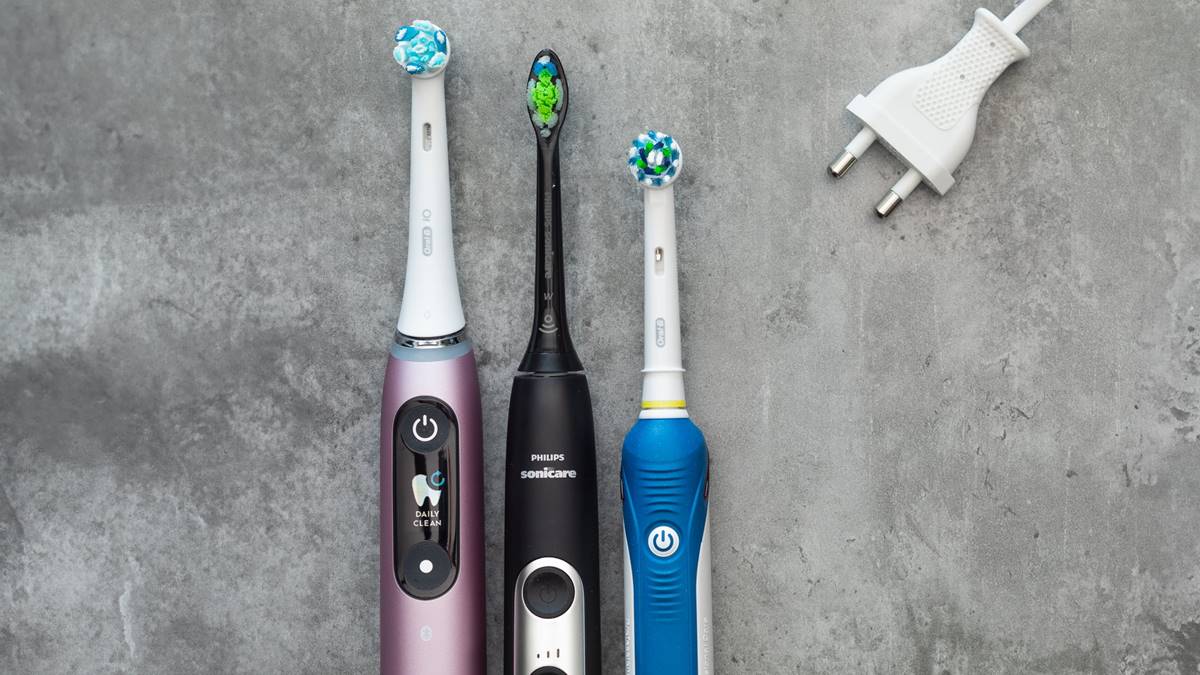
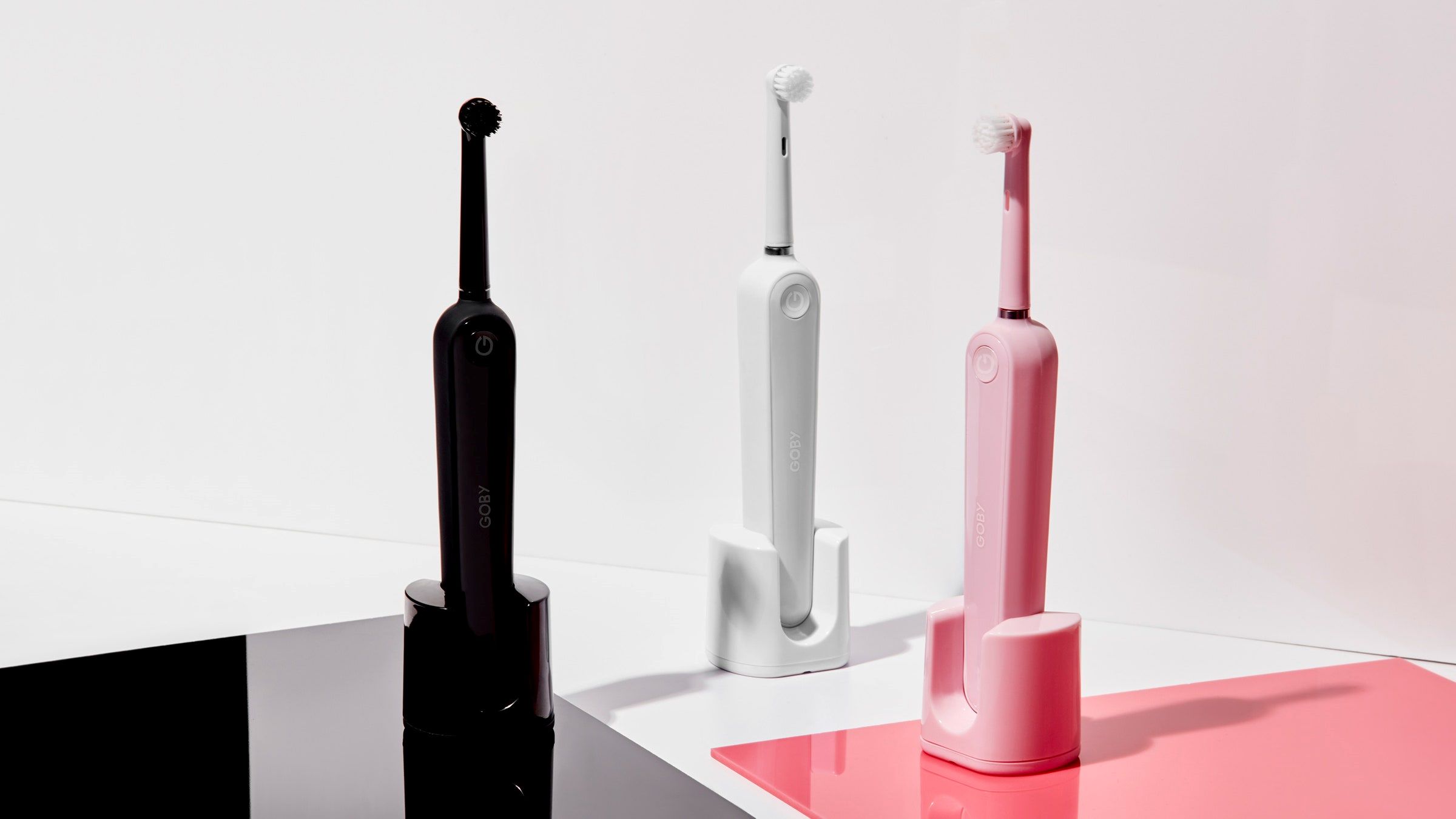
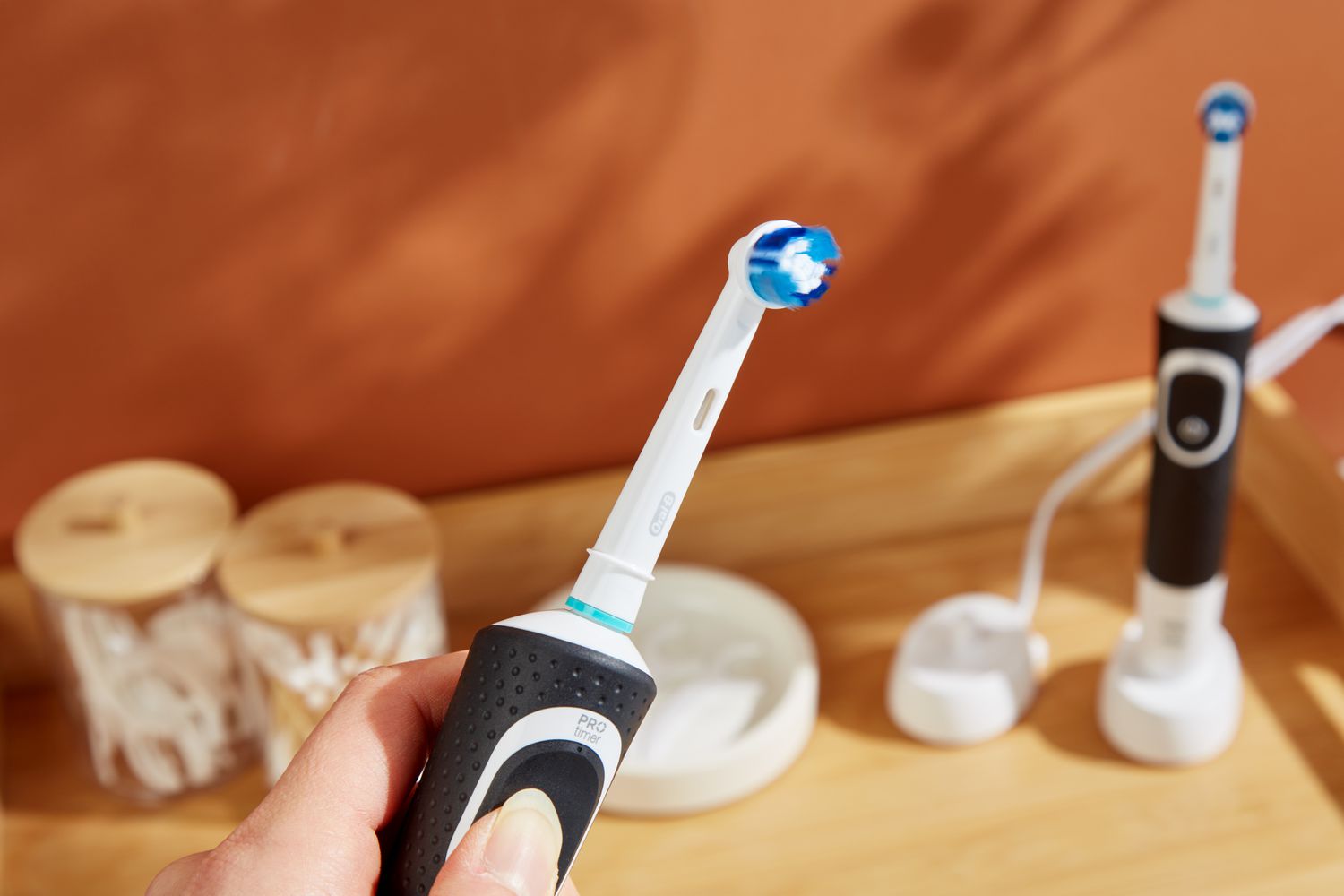
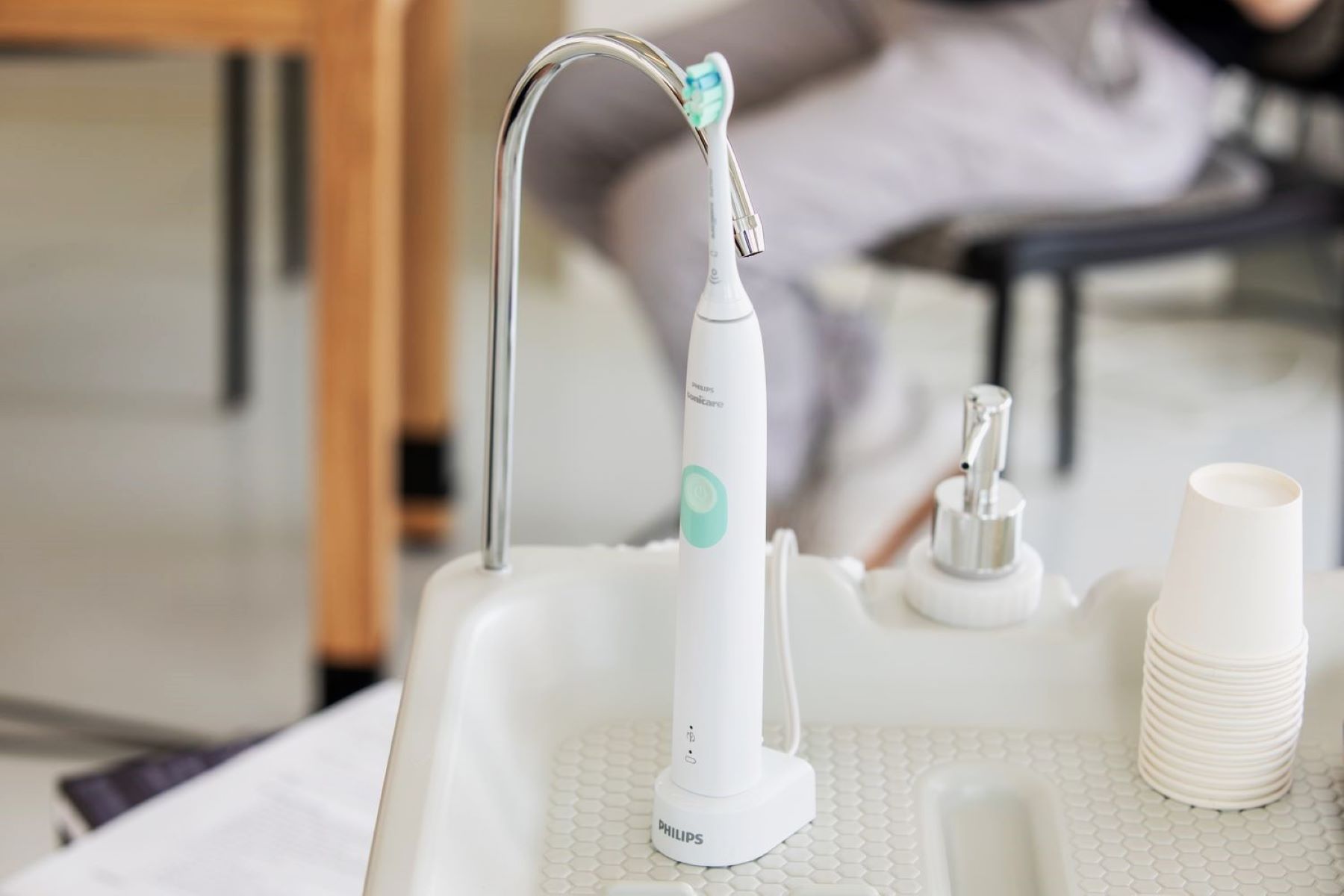
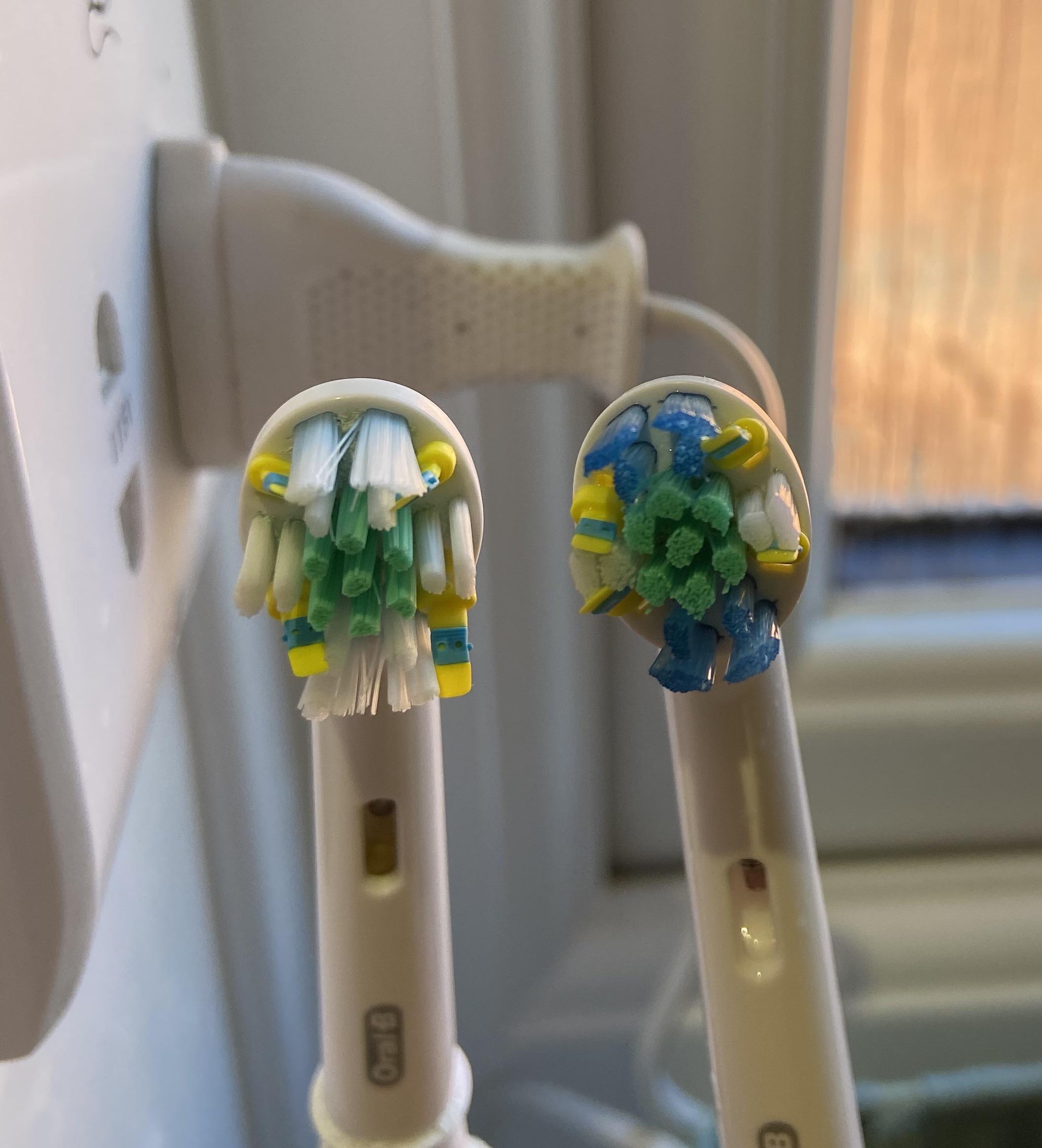
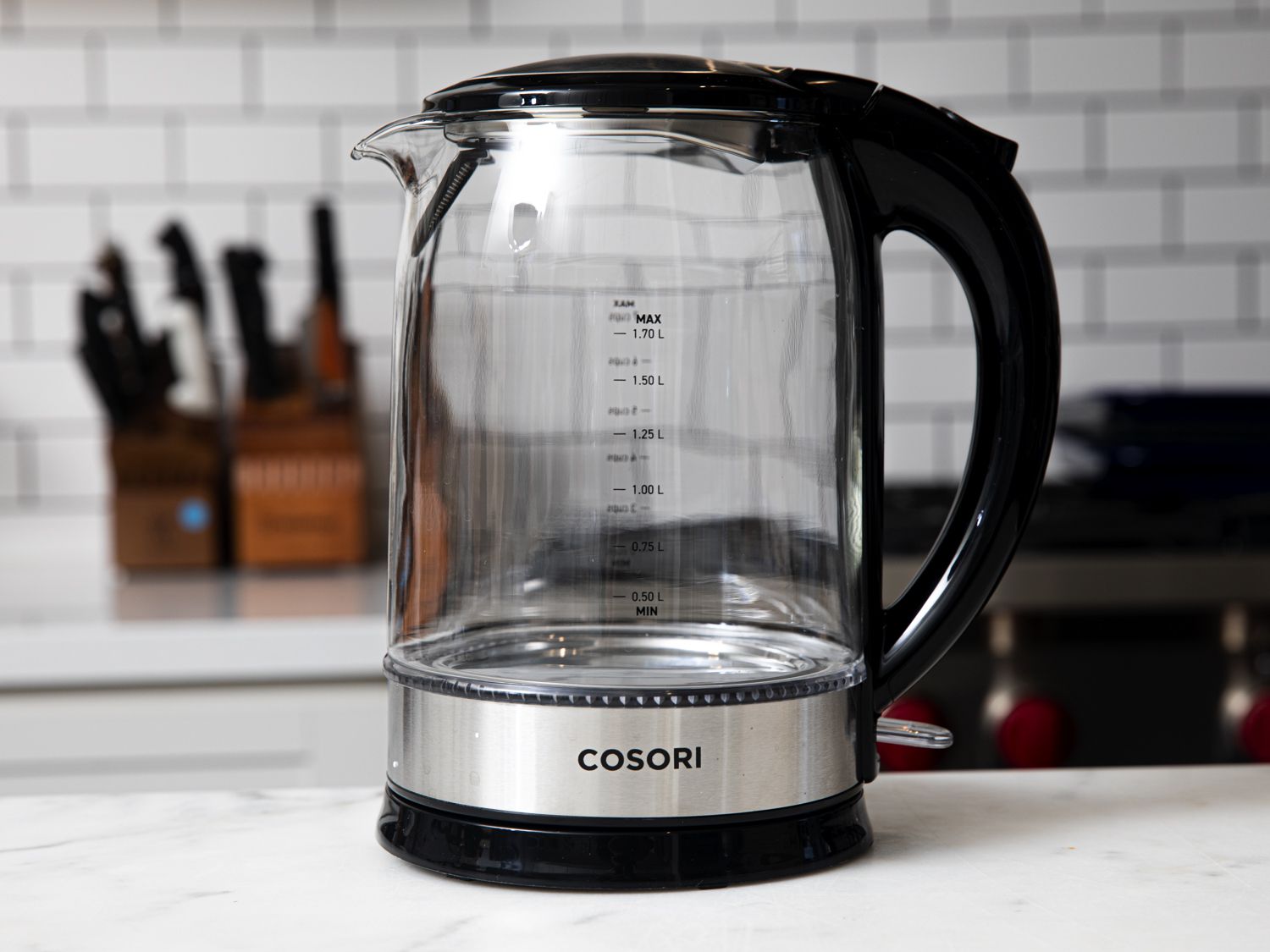
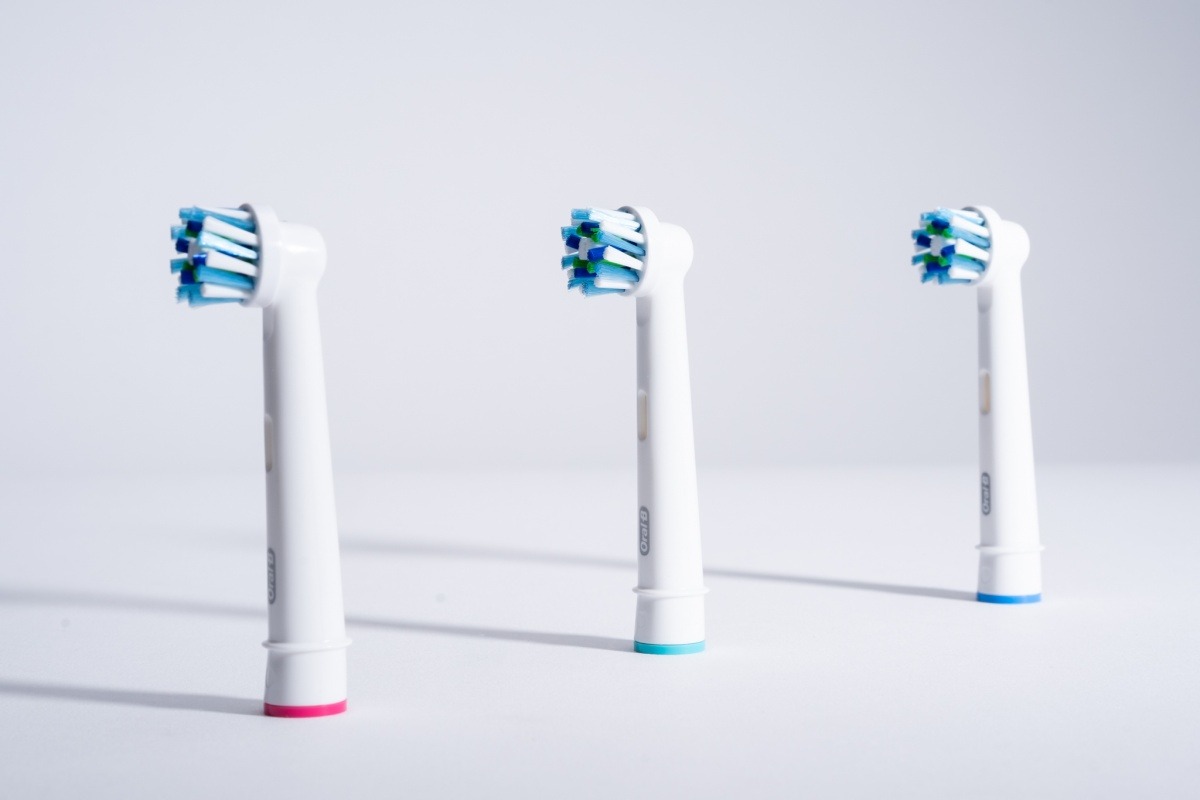
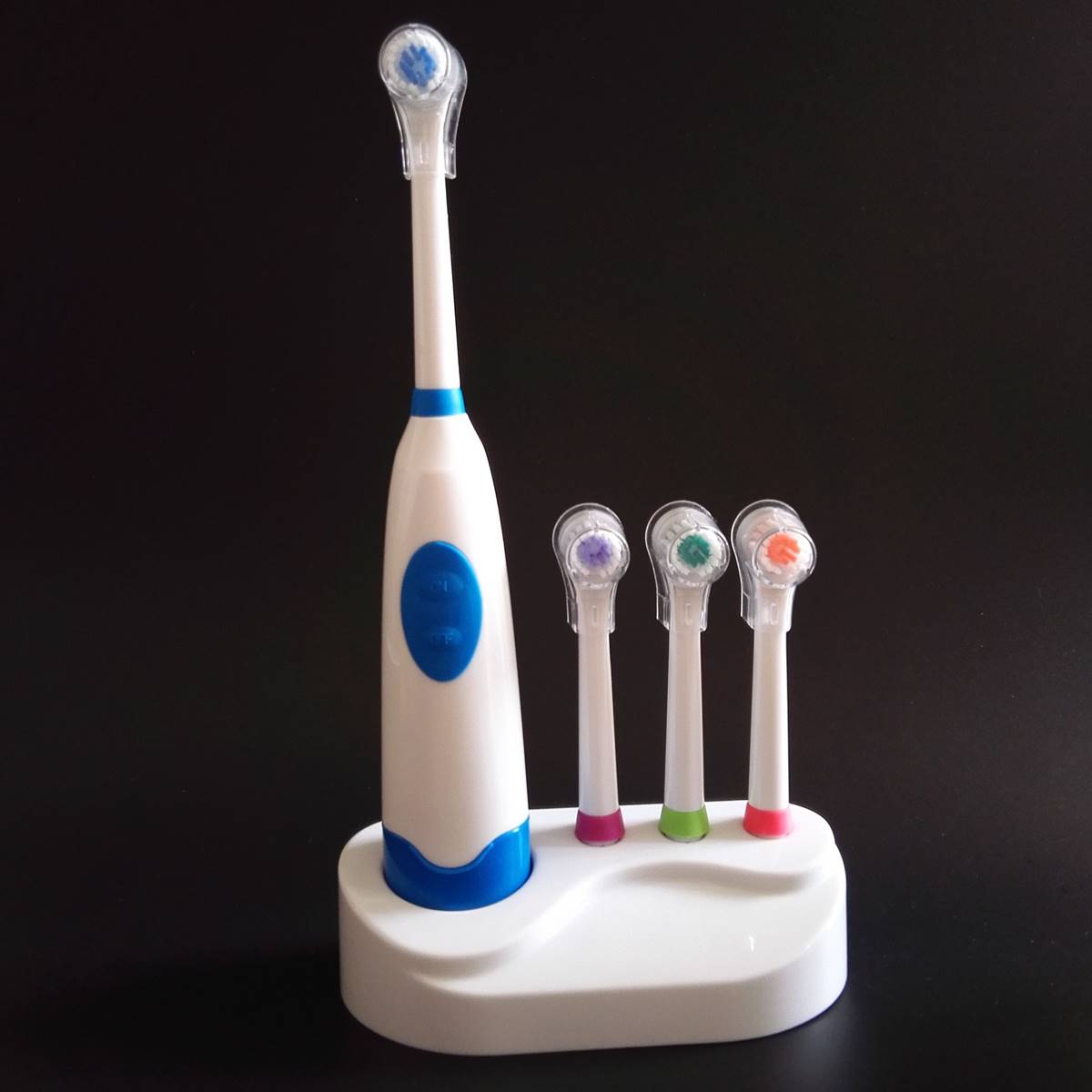
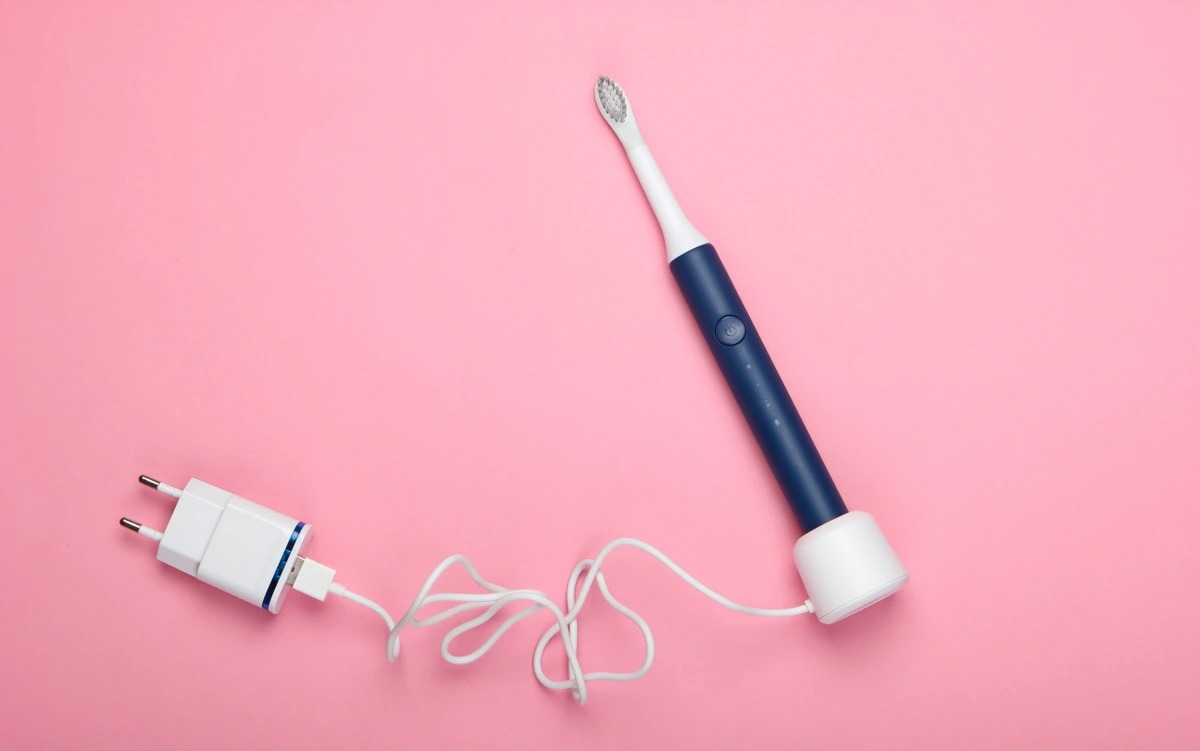
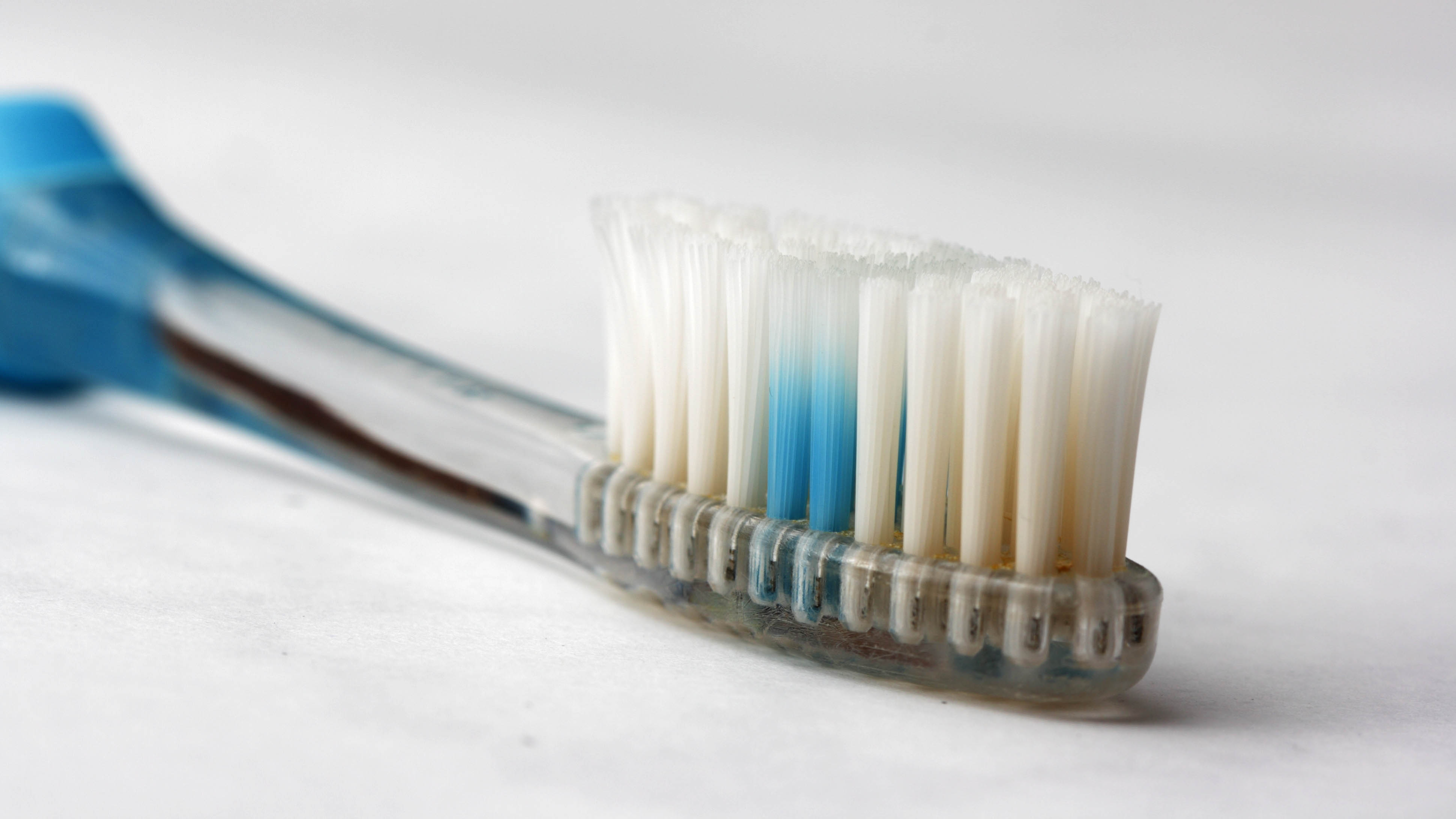
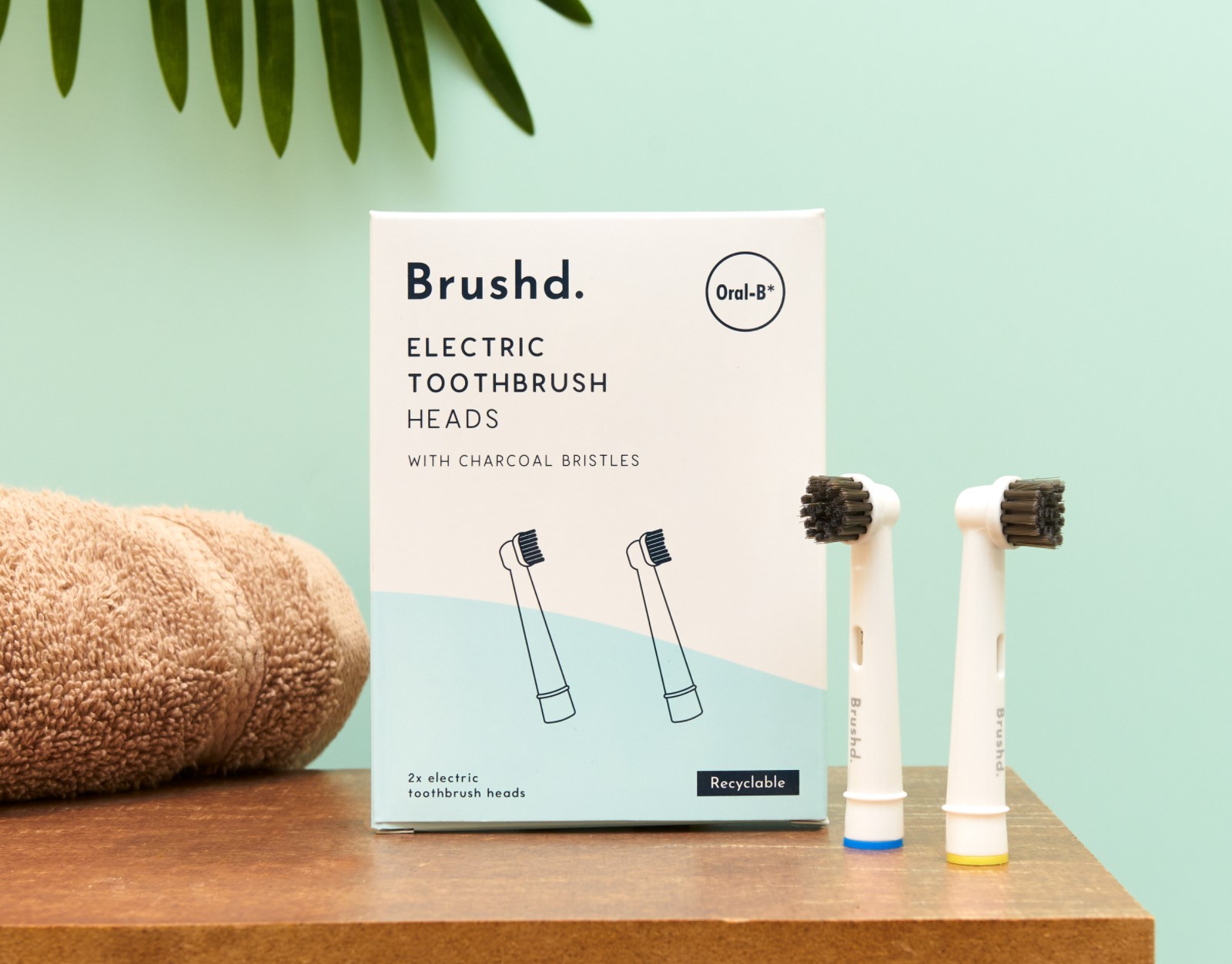
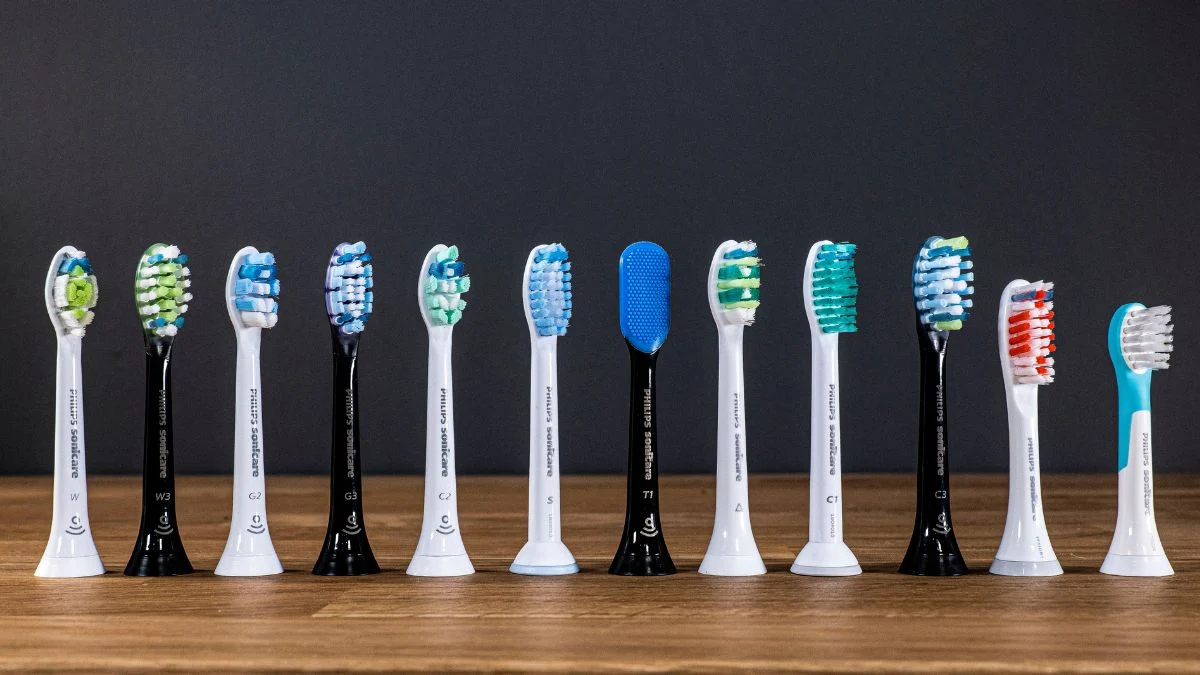
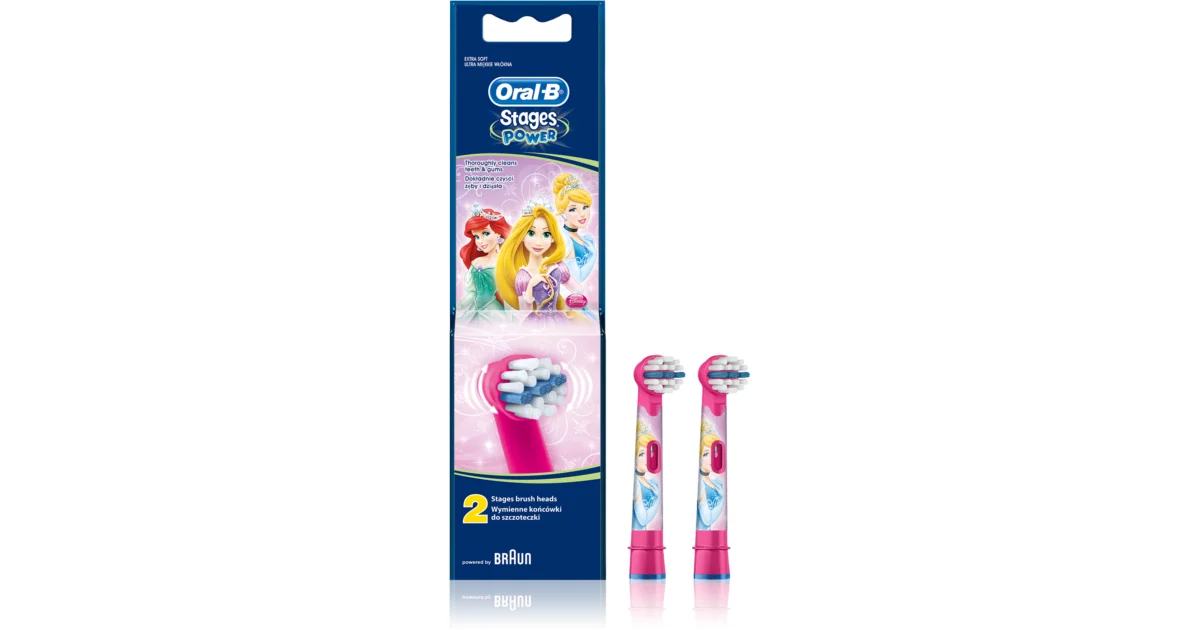
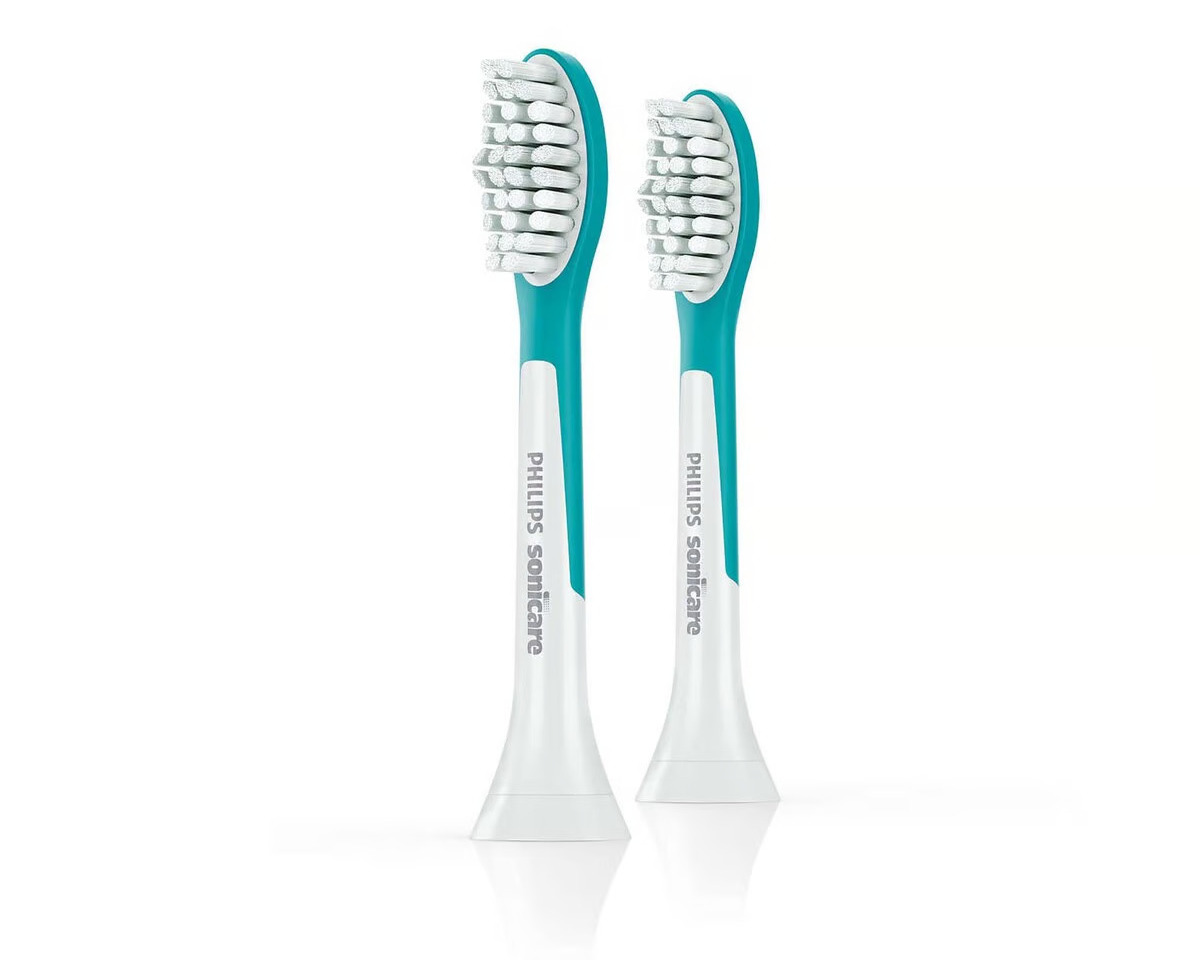
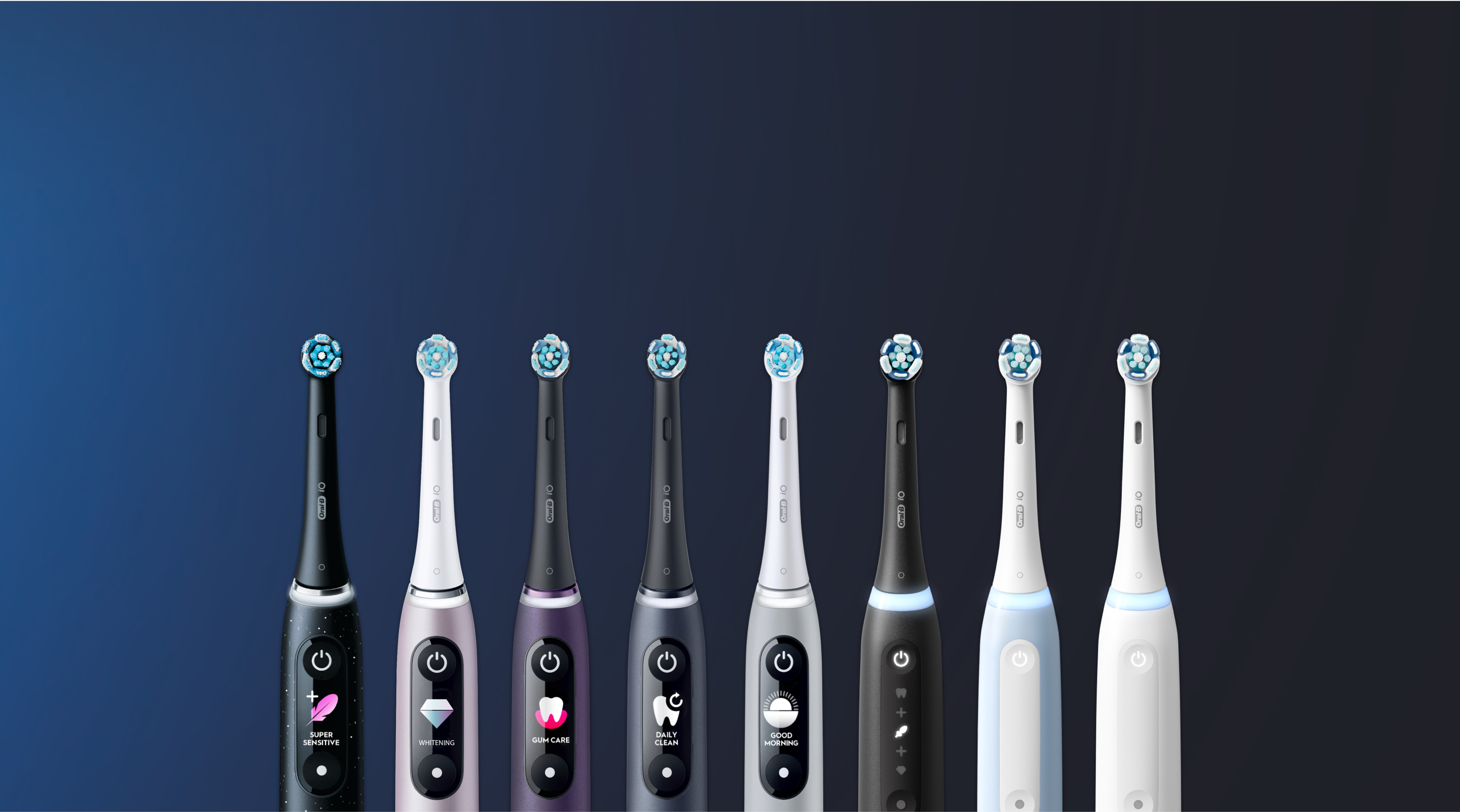

0 thoughts on “How Long Does An Electric Toothbrush Head Last”